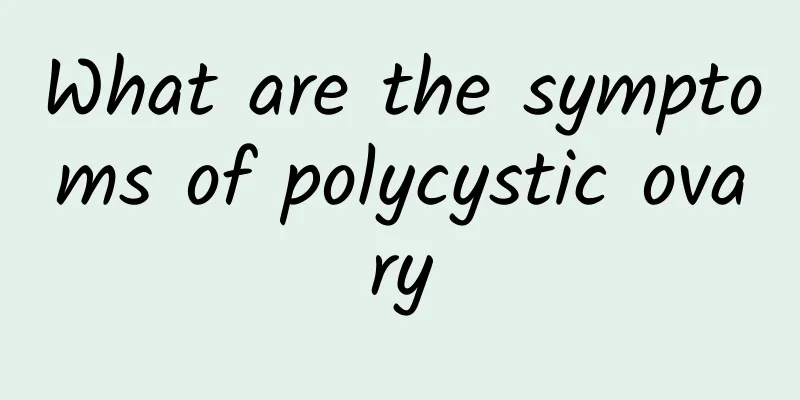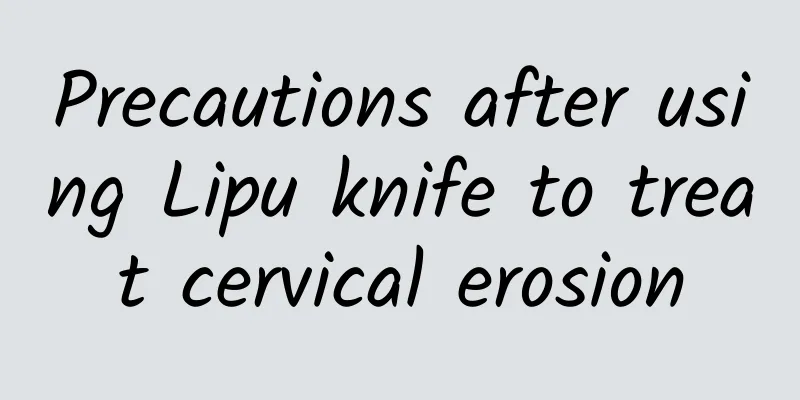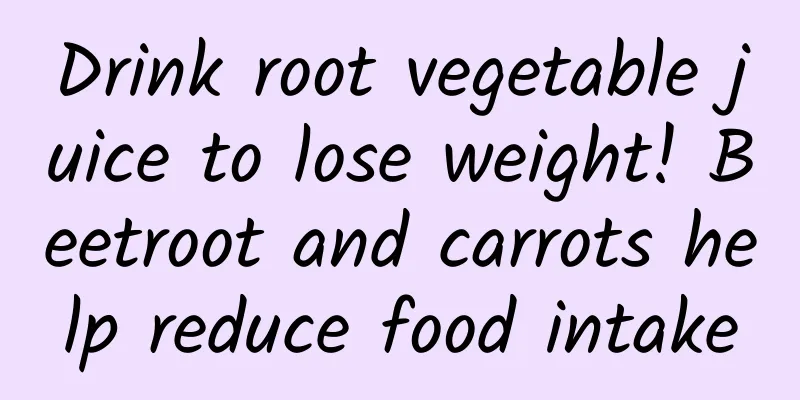What are the symptoms of polycystic ovary

|
Polycystic ovary is a disease in obstetrics and gynecology. The incidence of this disease has been high in recent years. Suffering from polycystic ovary will also have a certain impact on the patient's health and life. For diseases such as polycystic ovary, people need to understand the relevant situation in detail and take timely and effective treatment to reduce the harm of the disease. Polycystic ovary is a chronic disease. It takes a long and drawn-out process for the disease to develop. Most patients will experience menstrual disorders in the early stages of the disease. If this situation persists for a long time, it will also cause anemia, limb weakness, sweating, mental depression, etc. in the patients, which is very dangerous. Patients with polycystic ovary syndrome may also experience heavier hair, hyperandrogenic acne, hair loss, seborrhea, obesity, infertility, insomnia and even depression during the onset of the disease, which will also have a certain impact on the patient's daily work and life. Polycystic ovarian disease not only has a wide range of symptoms, but also has a very complex cause. Medically, it is believed that the main cause of this disease is genetic and congenital developmental abnormalities. In addition, gene mutations, hormone stimulation, viral infections, autoimmune diseases, etc. can also cause the disease. Since polycystic ovary disease is very harmful, it is necessary to pay more attention to the disease. If the disease is found, timely examination is needed. Methods for examining polycystic ovary disease include ultrasound examination, imaging examination, blood routine examination, hormone test and laboratory examination. The diagnosis of polycystic ovary disease also needs to be differentiated from diseases such as infertility, theca cell hyperplasia, ovarian cysts, ovarian masculinizing tumors and adrenal cortical hyperplasia. If the disease is confirmed, oral contraceptives, glucocorticoids, ovulation-inducing drugs and surgery can be used for treatment. No matter which method is chosen to treat the disease, patients need to actively cooperate with doctors and pay special attention in daily life. Patients with ovarian polycystic disease should relax, and family members should comfort the patient's emotions. The diet should be based on light food, correct incorrect eating habits, and avoid eating irritating foods. It is necessary to do some physical exercise appropriately and avoid living in a humid environment, so as to help doctors treat. |
<<: Can I get pregnant with bilateral polycystic ovaries?
>>: What are the symptoms of polycystic ovaries?
Recommend
How long after hysteroscopy can I get pregnant? Pregnancy after six months
Hysteroscopy and laparoscopy are a very common ut...
What is cervical hypertrophy? What are the symptoms?
You may not hear about cervical hypertrophy very ...
Does a 5.5 cm uterine fibroid require surgery?
Whether a 5.5 cm uterine fibroid requires surgery...
What are the hazards of pelvic inflammatory disease that women should pay the most attention to?
Many women do not pay attention to pelvic inflamm...
Scientific care to relieve the symptoms of dysmenorrhea!
How can we relieve the symptoms of dysmenorrhea? ...
Do I need to take protein powder to lose weight? Nutritionist: If you want to be thin and full, you should adopt this diet
When it comes to losing weight, a hundred people ...
What medicine to take for multiple uterine fibroids? What medicine to take for multiple uterine fibroids?
What medicine should be taken to treat multiple u...
Does the inflammatory mass have pelvic effusion?
Inflammatory masses may be accompanied by pelvic ...
As a woman, you should pay attention to the prevention of irregular menstruation as early as possible
In recent years, with the increasing incidence of...
The dangers of pelvic inflammatory disease in women
The number of patients with pelvic inflammatory d...
What foods should you avoid when you have ovulation bleeding?
Ovulation bleeding is different from menstruation...
How is bacterial vaginosis diagnosed?
Due to the special physiological structure of wom...
Can fungal vaginitis and pelvic inflammatory disease with hydrops be treated at the same time?
Can fungal vaginitis and pelvic inflammatory dise...
What are the causes of vulvar leukoplakia?
What are the common causes of vulvar leukoplakia?...
What should we pay attention to in preventing Bartholinitis?
How to prevent and treat Bartholinitis in women a...









